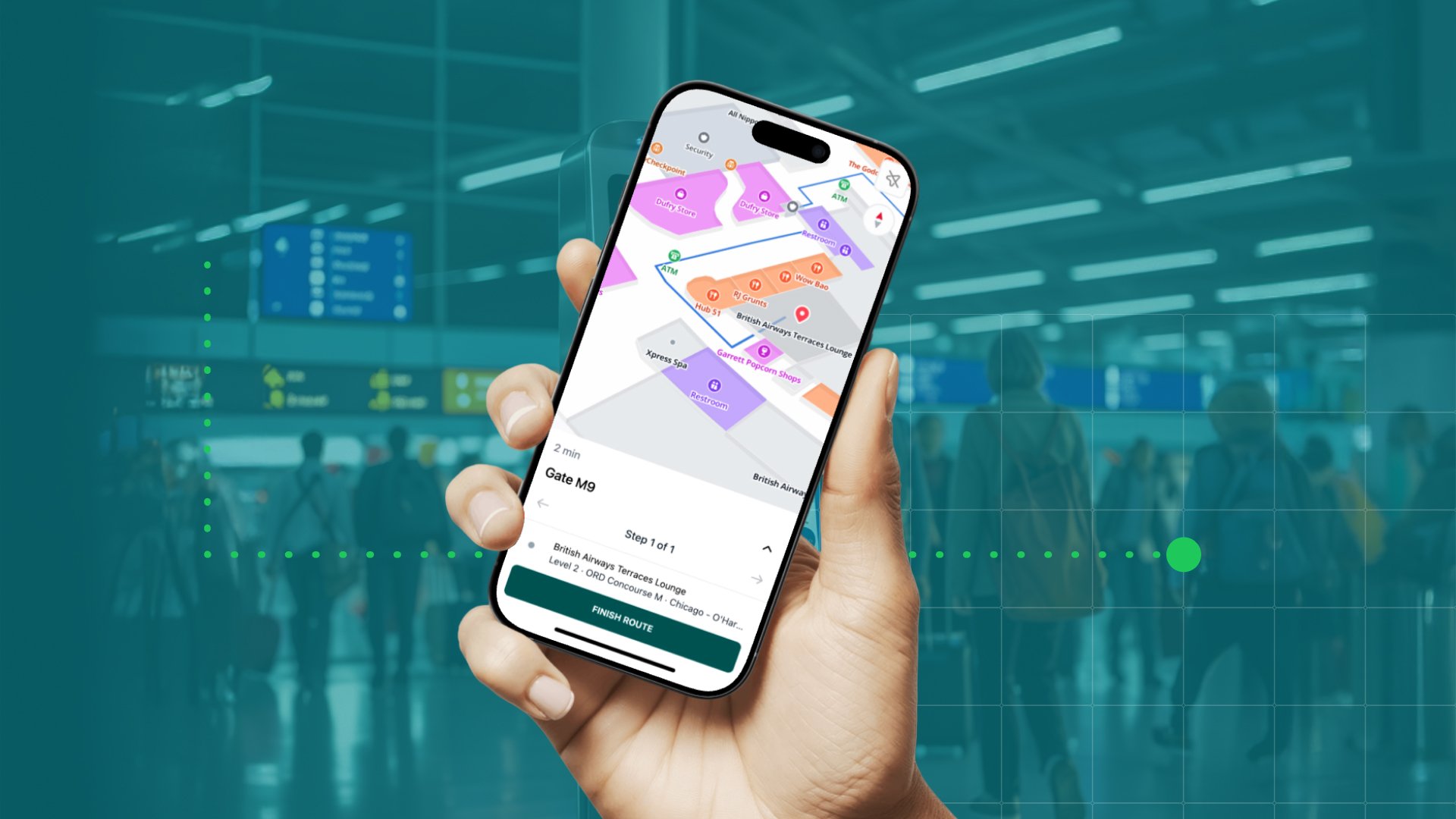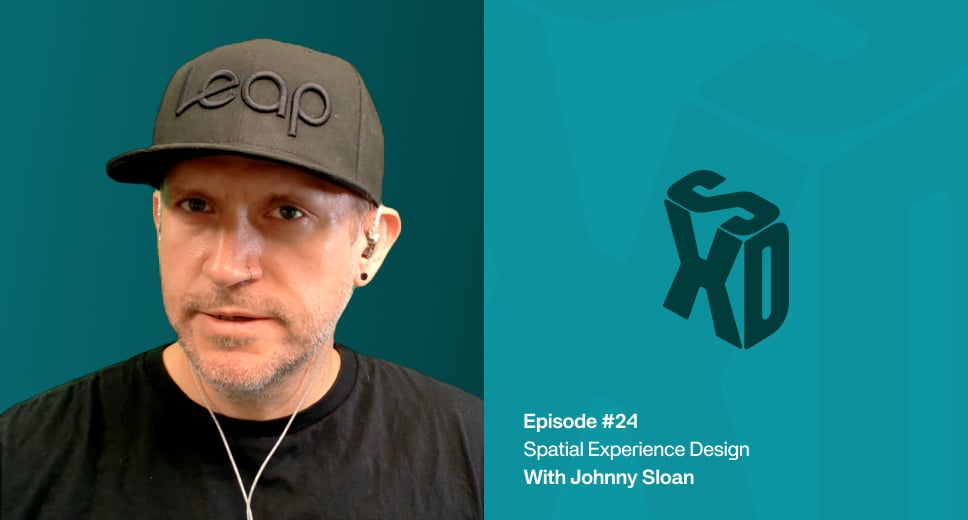In this special episode of the Spatial Experience Design podcast, host Søren Vasø shares insights from the Integrated Systems Europe (ISE) 2025 conference in Barcelona. Key takeaways include the rise of smart buildings primarily focused on workplace environments, the increasing emphasis on creating better user experiences by lowering friction, and a push towards more integrated software ecosystems. We cover trends including the shift to hybrid work environments, the evolving conversation on MicrosoftPlaces, the varying quality and application of workplace maps, and the pervasive -- but often unclear -- use of AI in workplace management solutions.
Key Topics:
-
- Workplace technology trends
- Hybrid work solutions
- AI in workplace management
- Geospatial data for workplaces
- Voice technology in offices
- Mapping technology for smart buildings
- Employee experience platforms
Smart Buildings -- more than just offices
A common misconception persists—smart buildings are often seen as just high-tech workplaces. But the reality is much bigger. Smart tech is reshaping everything from malls to stadiums. ISE 2025 highlighted the need to expand the conversation beyond office spaces and recognize the broader impact of these innovations.
The Experience Economy
The buzzword of the event? Experience. Businesses are prioritizing smoother, more connected experiences for employees and visitors alike. Our aim now is to reduce friction and make user interactions more intuitive. When done right, workplace tech should fade into the background, making daily tasks easier without users even noticing.
Hybrid Work & Seamless Integration
Companies are now offering full hybrid work solutions. The shift is clear: we are creating flexible, integrated environments where remote and in-person work blend effortlessly.
Awesome AI: Real or Hype?
AI was everywhere at ISE 2025. But while many companies claimed to be using it, the reality didn’t always match the marketing. There’s still a gap between AI’s potential and its actual, practical use in workplace solutions. The takeaway? Be skeptical of AI buzzwords and look for real, working applications that genuinely improve efficiency.
Mapping & Spatial Data: Not Just Floor Plans
Workplace mapping tools are evolving rapidly, from simple 2D layouts to immersive 3D and geo-referenced models. The difference? More precise navigation, smarter space planning, and better decision-making for facility managers. The industry is finally recognizing that good spatial data is essential.
The "All-in-One" Myth
Too many companies claim to be the "ultimate" workplace management solution, but let’s be real—there is no perfect one-size-fits-all product. Every workplace has unique needs, and no single platform can do it all. Instead of chasing the impossible, companies should focus on seamless integrations that allow different tools to work together smoothly.
AI & Voice Tech: What’s Next?
In 2025, expect AI and voice-activated tech to become more practical in workplace management. Imagine booking a meeting room or adjusting office lighting just by speaking to your device. If done well, these innovations could make interactions faster and more natural, cutting down on manual effort.
Final Thoughts
ISE 2025 made one thing clear: while workplace technology is advancing fast, there is still a gap between innovation and real-world application. The future of smart workplaces depends on bridging that gap—focusing less on hype and more on practical, user-friendly solutions.
Want to hear more about these trends? Stay tuned for upcoming episodes of the Spatial Experience Design podcast, where we break down the latest insights and what they mean for the future of work.
Additional Resources:
February 14, 2025



.png)